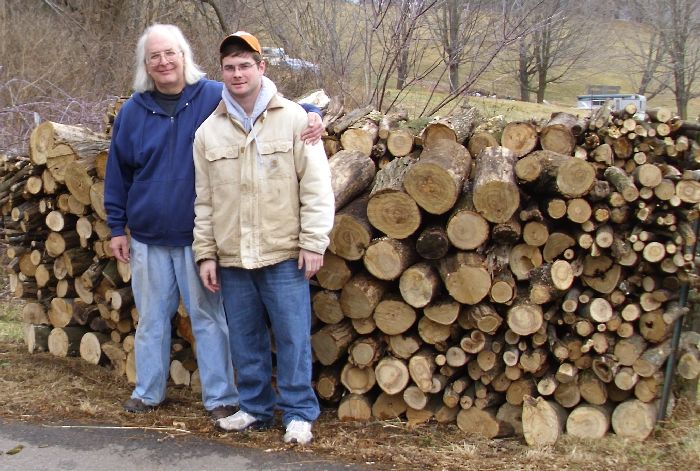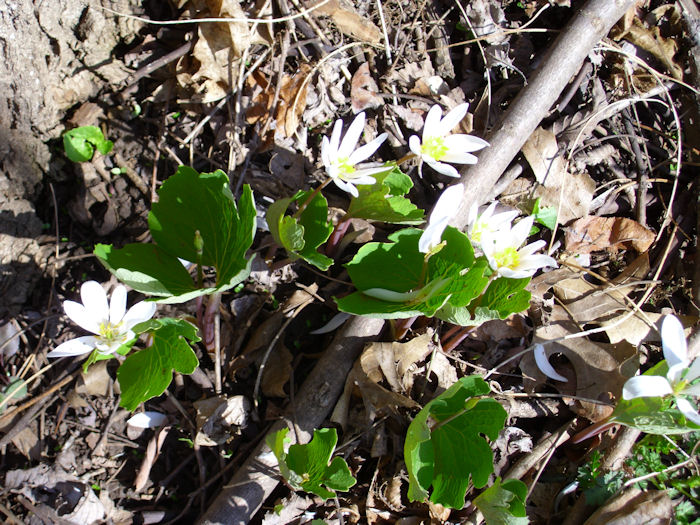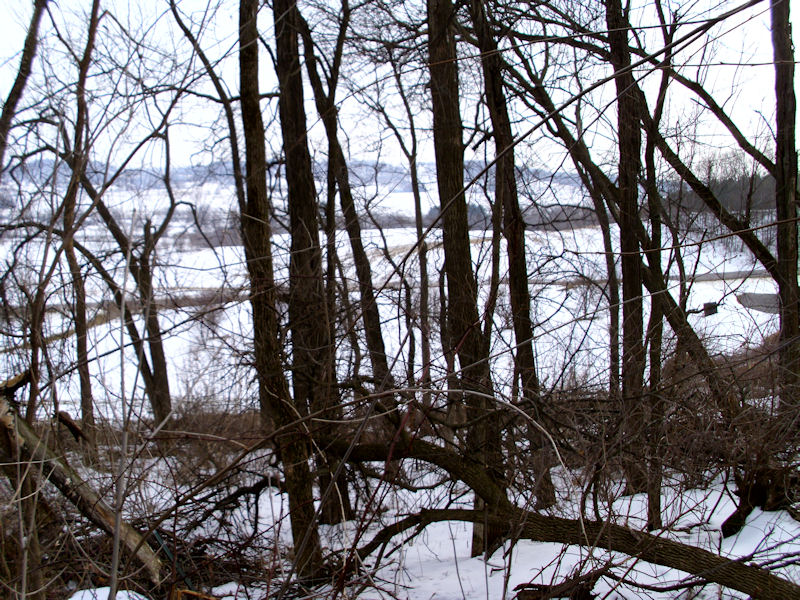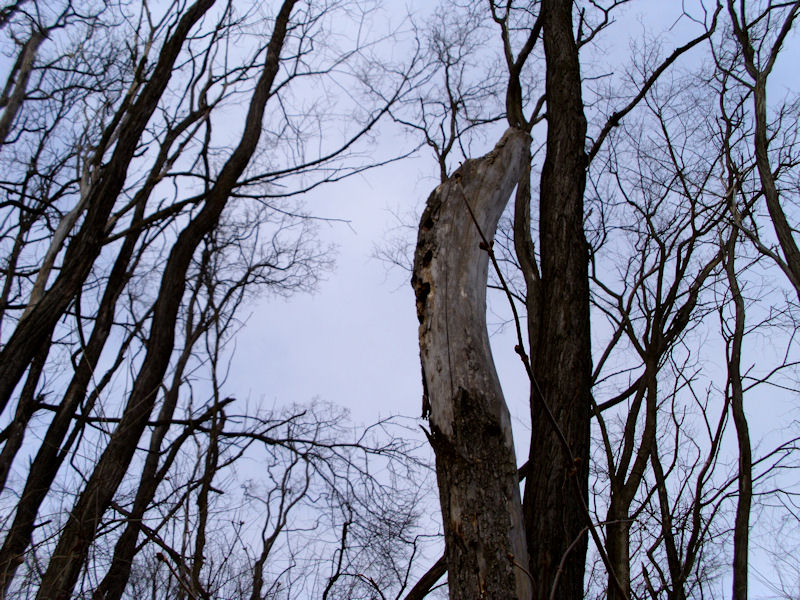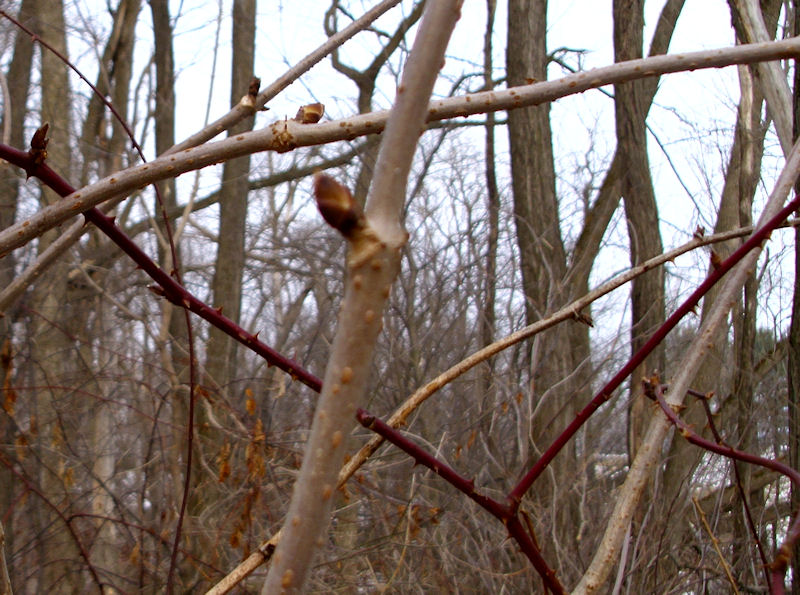All wood will burn eventually. There is no doubt about it. Create a hot enough fire and you can stick anything in the wood stove. It may not burn immediately or well, but it will burn eventually. However, if you’re heating your home with wood, you don’t want it to burn eventually, you want it to burn now. Burning the wrong sort of wood has these negative impacts.
- The wood will burn inefficiently, which means you’ll need to cut more wood to obtain the desired number of calories to heat your home.
- You’ll see additional soot accumulation, which could end up closing your chimney and causing carbon monoxide buildup in your home.
- The wood stove will require additional costly maintenance because of the way wet wood doesn’t burn.
- Wet wood tends to mildew, which isn’t particularly good for your health.
- All of these factors tend to pollute the environment to a greater degree, increasing your carbon footprint.
The problem isn’t strictly confined to wet wood. Choosing the wrong wood can also cause all sorts of problems. For example, if you burn wood from conifer trees extensively, you’ll find that you use more wood and that your chimney tends to soot easily. The creosote produced by conifers is especially hard to remove from the chimney. Of all conifer trees, cedar tends to be the worst. However, even kiln dried construction lumber isn’t good for your wood stove. Although these woods smell wonderful as they burn, you’ll want to burn them with high heat hardwoods to reduce their negative impact. Never burn treated wood in your wood stove. The chemicals in treated wood are truly terrifying and you don’t want to pollute the air with them.
When obtaining hardwoods, make sure that the moisture content is low enough so that the wood will burn efficiently. If nothing else, use a moisture meter to check that the wood is in the 10 percent to 15 percent range before burning. Sometimes wood looks like it’s perfectly dry, yet contains a significant amount of moisture. One of the worst woods in this regard is oak. The wood can exhibit all of the characteristics of fully dried wood, yet contain enough moisture that it won’t burn well.
One of the questions you need to answer when looking for wood to cut is whether that wood is dry. Generally speaking, a tree is starting to dry out sufficiency when the bark comes off easily from the trunk. It should literally peel off in large pieces. Before that time, the tree is still quite green. If you get wood from someone else and that wood has tightly attached bark, make sure you check it with a moisture meter. The wood may be green and you’ll find that it won’t burn well. Some less reputable woodsmen will try to sell you green wood because they have run out of good dry wood to sell.
Cut and split the wood into the size chunks you want to use in your wood stove. Measure the moisture to determine whether additional drying is required. Some woods, such as black locust and most species of elm, are ready to use almost immediately after you cut up the trunk. The wood dries thoroughly without cutting it up. As mentioned earlier, oak always requires a drying period after you cut it up because the tree would rather rot, than dry, when in trunk form.
A few trees will burn acceptably at higher moisture content levels. Maple falls into this category. It doesn’t burn as well as fully dried wood, but it does burn well enough not to cause a creosote buildup on your chimney. Even so, you should never burn these woods with greater than 20 percent moisture content. Lower moisture content is always better.
Another way to tell if wood is properly seasoned is to look it over carefully. Wood that has been stacked for two or three years (the recommended drying time for most woods), is usually blackened on the ends. The cuts won’t look fresh. The wood itself will feel somewhat light; although, some woods, such as locust and oak, are heavy no matter how dry they get.
The weight of the wood is important. A heavier wood normally has more calories to offer when burned. Consequently, if you have two pieces of wood the same size and dried to 10 percent moisture content, the heavier piece is worth more from a heating perspective. Heavier woods tend to be hard to start, burn more like charcoal, and burn long. Maple, box elder, and other moderately light woods make good kindling for starting a fire based on these heavier woods. If nothing else, use some of that pine for starting your fire.
Some woods smell better than others do when burning. For example, oak and maple both smell wonderful. As previously mentioned, all conifers smell good, but there is a price to pay in this case for the good odor.
A few woods smell truly horrible when burning. For example, I’d rather not smell poplar or paper birch again. Fortunately, both of these woods tend to be light when dried, so they offer few calories than other wood types—making them good woods to avoid.
The best tests of the wood you cut yourself or obtain from a third party is seeing how it burns. A sample or two will tell you about the entire load in most cases. The wood should start relatively easy (keeping in mind that truly dense woods such as locust, hickory, and oak start harder than less dense woods such as maple). It should produce some amount of blue flame, along with the usual orange and yellow. The wood should leave little ash behind (less dense woods tend to produce more ash than denser woods).
The ultimate insult in getting wood from a third party is when they sell you punky (partially rotted) wood. This wood tends to be really light when fully dry. You can’t typically see the rings as well and the wood itself has a papery feel. The wood will start with extreme ease, burn brightly for an incredibly short time, produce little heat, and produce copious amounts of ash.
Sometimes you’ll find that wood sellers talk about a “load” of wood, as if that’s a precise measure of anything. Most places have statutes in place the define wood as being sold by the cord or measured faction (such as a half cord). A cord is 128 cubic feet and is typically stacked 4 feet high, 4 feet wide, and 8 feet long (although, any stack that measures 128 cubit feet is a cord). Beware of the seller with face cords. In this case, you’re only getting 64 cubic feet. When someone insists on selling you a load of wood, make sure you measure the tightly stacked load yourself and pay appropriately.
In short, if you thought all wood was the same, you’re quite wrong. Choosing the wood you use in a fireplace or wood stove carefully is extremely important. Don’t let someone sell you wood that’s wet, punky, or simply unfit for burning. Inspect the wood for insect infestations and make sure you know what kind of wood you’re getting. What sorts of experiences have you had obtaining wood in your area? Let me know at [email protected].

